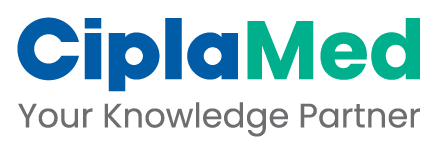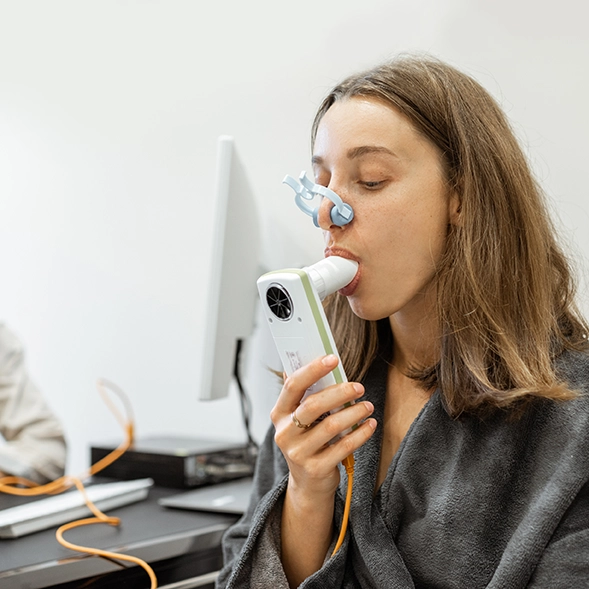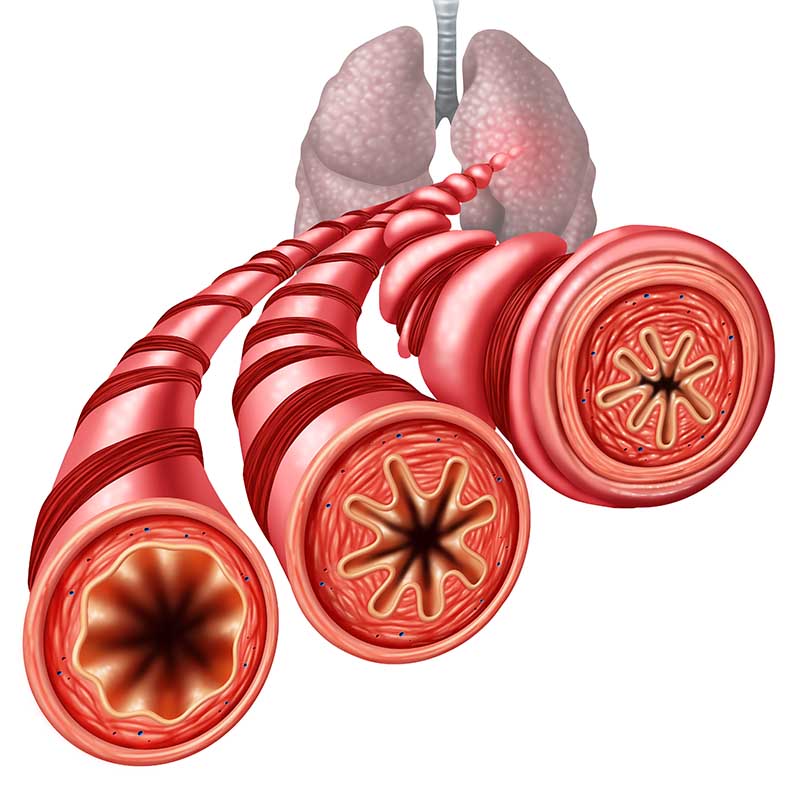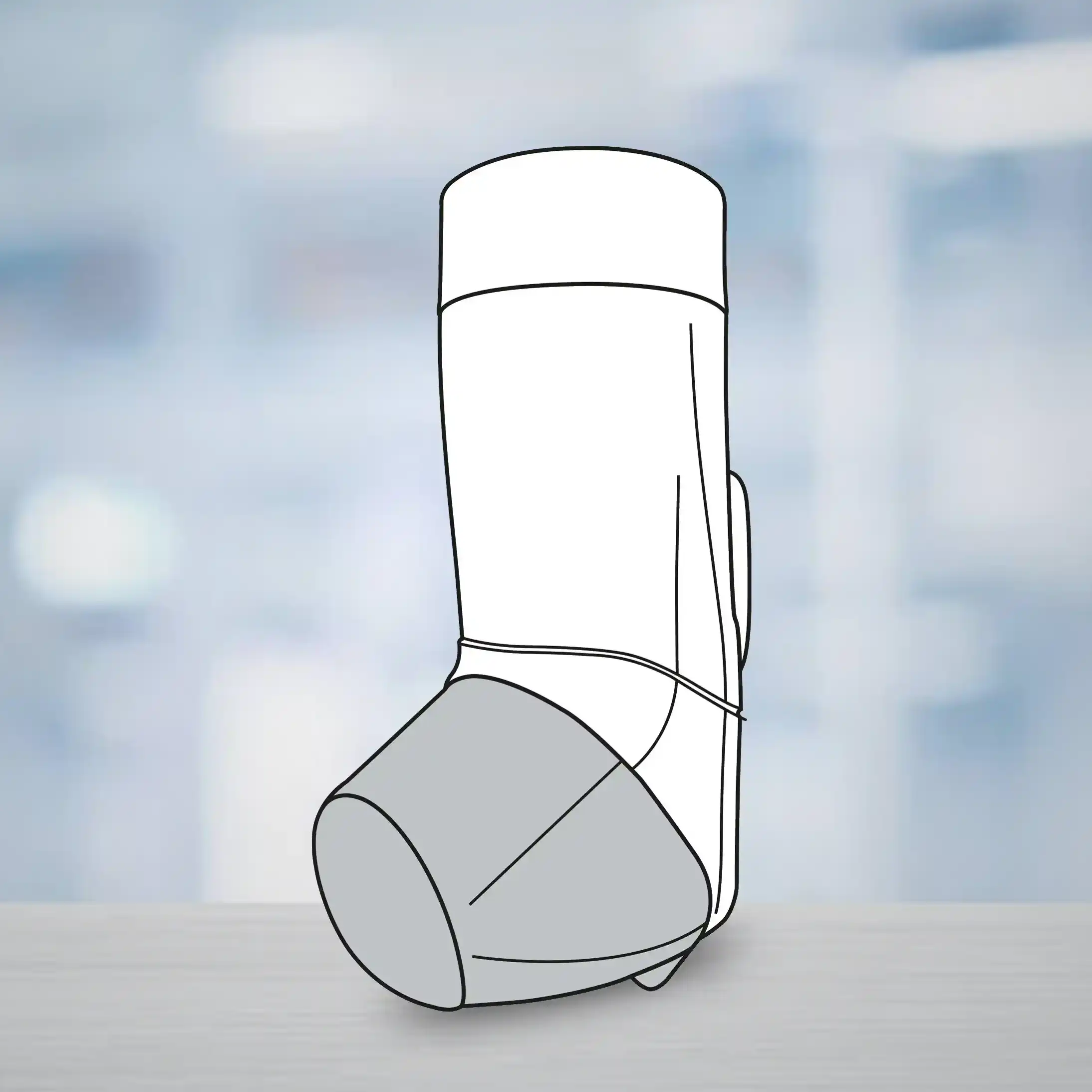Introduction
Patients suffering with coronary artery disease (CAD) and concomitant type-2 diabetes mellitus (T2DM) are at high risk of cardiovascular (CV) events. Platelet-mediated thrombosis is a key contributor towards the increased risk of CV events in this population. Aspirin monotherapy (the standard therapy) may not sufficiently render protection from CV events in these patients. Ticagrelor, a potent platelet P2Y12 receptor antagonist, provides more consistent platelet inhibition than aspirin or clopidogrel. Moreover, the benefits of ticagrelor have been consistent irrespective of the patient-diabetes status. It is however not known whether dual antiplatelet therapy (DAPT) would be beneficial in patients with stable CAD and T2DM but no history of myocardial infarction (MI) or stroke.
Aim
The Effect of Ticagrelor on Health Outcomes in Diabetes Mellitus Patients Intervention Study (THEMIS) evaluated the efficacy and safety of ticagrelor, as compared with placebo, when added to aspirin in patients with CAD and T2DM.
Patients Profile
- Patients with stable CAD and T2DM (age ≥50 years, n=19220)
- None of the patients had a history of MI or stroke.
Methods
Study Design
- A randomized double-blind trial conducted across at 1315 sites in 42 countries in North America, South America, Asia, Africa, Australia, and Europe.
Treatment Strategy
- The study participants were randomized 1:1 to one of the following:
- Ticagrelor Group: Patients received 90 mg ticagrelor twice daily. The dose of ticagrelor was later reduced to 60 mg twice daily as per the protocol of PEGASUS -TIMI 54 trial (n=9619).
- Placebo Group: Patients received matching dose of placebo twice daily (n=9601).
- All the patients also received low-dose aspirin (75 to 150 mg) unless contraindicated or was associated with unacceptable adverse events (AEs).
Outcomes
Primary Efficacy Outcome
- A composite of CV death, MI, or stroke.
Secondary Efficacy Outcome
- The incidence of CV death, MI, ischemic stroke, and death from any cause.
Primary Safety Outcome
- Major bleeding (as per the TIMI classification)
Results
- The median follow-up period for the trial was 39.9 months. The median exposure to the medication in patients in the ticagrelor group was 7.7 months for the 90-mg dose and 32.1 months for the 60-mg dose; 76.5% of the total exposure to ticagrelor was to the 60-mg dose.
- Patients treated with ticagrelor vs. those treated with placebo had a 10% reduction in the risk of the primary composite efficacy outcome [7.7% vs. 8.5%; hazard ratio (HR): 0.90; 95% confidence interval (CI): 0.81 to 0.99; P=0.04]. The lower frequency of the primary composite outcome in the ticagrelor vs. the placebo group was driven primarily by lower incidences of MI and stroke (Fig. 1).
Fig.1: The incidence of primary outcome during the study
![]()
- The incidence of the secondary efficacy outcomes was as detailed in table 1.
Table 1: The incidence of secondary efficacy outcomes during the study
Outcome
Ticagrelor Group
Placebo group
HR (95% CI value)*
CV death
3.3%
3.0%
1.02 (0.88–1.18)
MI
2.6%
3.3%
0.84 (0.71-0.98)
Ischemic stroke
1.5%
1.8%
0.80 (0.64–0.99)
Death from any cause
5.1%
4.9%
0.98 (0.87–1.10)
* p=0.79
- As per a prespecified exploratory analysis, patients in the ticagrelor group had a lower number of events of the composite of acute limb ischemia or major amputation vs. placebo (HR: 0.45; 95% CI: 0.23 to 0.86).
- Patients treated with ticagrelor had a higher frequency of TIMI major bleeding vs. those treated with placebo (2.2% vs. 1.0%; HR: 2.32; 95% CI: 1.82 to 2.94; P <0.001.
- Amongst modified intention-to-treat population of 19,220 patients, the number of patients who would need to be treated for 36 months to cause one major bleeding event (i.e., the number needed to harm) was 93.
- Serious AEs were slightly less frequent in the ticagrelor group vs. the placebo group (31.9% vs. 33.7%).
- The incidence of fatal bleeding episodes did not differ significantly between the ticagrelor and the placebo group, though the number of events was higher in the former. The incidence of intracranial hemorrhage was more frequent in patients treated with ticagrelor than with placebo (0.7% vs. 0.5%; HR: 1.71; 95% CI: 1.18 to 2.48; P=0.005).
Conclusions
- Ticagrelor plus aspirin was associated with a lower incidence of ischemic events vs. placebo plus aspirin in patients with stable CAD and T2DM who did not have a history of MI or stroke.
- The incidence of major bleeding, including intracranial hemorrhage was higher in the patients treated with ticagrelor.
N Engl J Med 2019;381:1309-1320.










